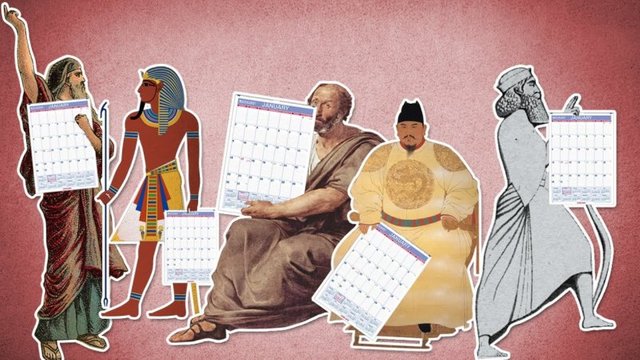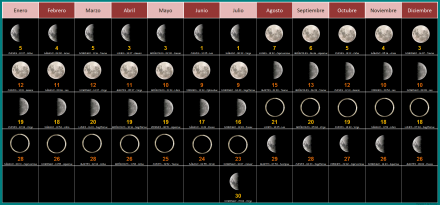How the leap year came: the beginning and end of the calendar
Thirty days is the month of September, as well as April-June and November.
Barely February in twenty-eight days, one day in its fourth year.
Remember, brother, the remaining month is 31 days.
- Somnath Sen.
Some months 30 days and some months 31 days we have learned to calculate in this way since childhood. The month of February is a little different between these calculations. The month of February of 28 days is 29 days after 4 years. The year that is added by one extra day after every four years is called leap-year or leap year. If a year is divided by four, then that year is leap year.
In fact, it is a misconception. Interestingly, this mistake is the mistake of the Julian calendar. Let's follow the Gregorian calendar. The calculations there are different.
*Actual calculation
To put it very simply, the modern calendar is written as the solar year. The earth is always revolving around the sun. We call a solar year the time it takes to rotate. It takes 365 days for the earth to revolve around the sun and some extra time which is about one fourth of one day. So that's why we say, how many days in a year? 365 days.
Now the question is, what will happen to that extra part (one-fourth) that is omitted? Yes, one-fourth is being dropped every year. A whole day is missing in four years. So we add that whole day as a leap day in the fourth year, with a month with the least number of days (February). Yes, it became a leap year.
*But is our calculation really correct?
No, we made a mistake. It actually takes 365 days and 5 hours and 48 minutes for the earth to revolve around the sun. 5 hours 48 minutes is really one fourth of a day? No, one-fourth of a day is 8 hours (divide 24 hours by 4).In straightforward Bengal, the extra day we added after four years is not entirely correct. In other words, we have caught a little more than the calculation. How do I get rid of this 'excess'? Yes, that's why we skip one day after a hundred years. ঐ A little more time equals about one day in a hundred years, so one leap year will be omitted every hundred years. This means that leap years can occur if a year is divided by four; Then if it is divided by one hundred, it will not be a leap year.
Now, another problem is, is it that every day we leave out after a hundred years is perfect? No, a little more is being omitted here. Because, in a hundred years, there is not a whole day. A little less. A little too much is being omitted. So we add another day four hundred years later. Of course, now the calculations are fairly accurate. Here too, even if there is a difference of a few seconds or milliseconds, there will be no big difference.
In short, I added one day every 4 years. It's a little too much. I subtracted one day in 100 years. There was a slight decrease. So I added one more day in 400 years. And there is no need to increase or decrease.
Therefore, if a year is divided by 4, it is likely to be a leap year. Then divide by 100, if it goes, it's not a leap year; If not, then leap year. And if a year is divided by 400, then it must be a leap year (even if it is not divided by 4 or even if it is divided by 100).
Numerous questions may arise in the above discussion.
*Where is the fault in calculating the lunar year?
The lunar year is much simpler than the solar year. Many nations have done this before or still do. For example, the primitive groups of the Romans used to observe the lunar year, but the Muslims still do. It's a lot like a kilo and a pound. The pound account is popular in Europe and the gram-kg account in South Asia. So, most people follow the solar year as it is more popular.And in reality no calendar in the world is perfect. The Gregorian calendar also misses 27 seconds per year, which equates to one day in 3,237 years! Later, it was suggested to introduce a more perfect calendar called Revised Gregorian Calendar, but it was also a 2 second error! The error of 2 seconds is not less error.

